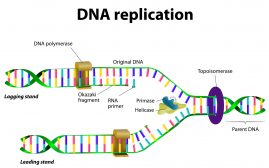Definition
noun, plural: syphosomes
The region comprised of the feeding, reproductive, and defensive zooids in a siphonophore colony
Supplement
Siphonophores are marine invertebrates that are seen as colonies. A single specimen is actually a colony comprised of zooids. Each zooid in a colony is a single organism; however, it is interdependent to the other zooids comprising the colony and it would not be able to survive independently. The siphonophores may be classified into three groups based on the composition of their colony: (1) cystonects, (2) physonects, and (3) calycophorans. The cystonect colony is comprised of pneumatophore and siphosome. The physonect colony is comprised of pneumatophore, siphosome, and nectosome. The calycophoran colony lacks the pneumatophore and is therefore comprised of nectosome and siphosome.1 The pneumatophore serves as the air sac of the colony. It aids the colony to stay afloat at the proper level in the ocean. If present, it is located at the top of the colony. The nectosome is the region comprised of the nectophores or the swimming bells of the colony. They are the zooids that propel the colony forward, backward, or in turns. The siphosome is the region that is comprised of the remaining zooids. It includes the zooids involved in feeding, reproduction and defense.1 The siphosome is located in the lower part of the colony. That is, if in cystonects, it is below the pneumatophore. In physonects and calycophorans, it is below the nectosome.
See also:
- pneumatophore
- nectosome
- siphonophore
Reference(s):
1Siphonophores. Siphonophores.org. Retrieved from ://www.siphonophores.org.







